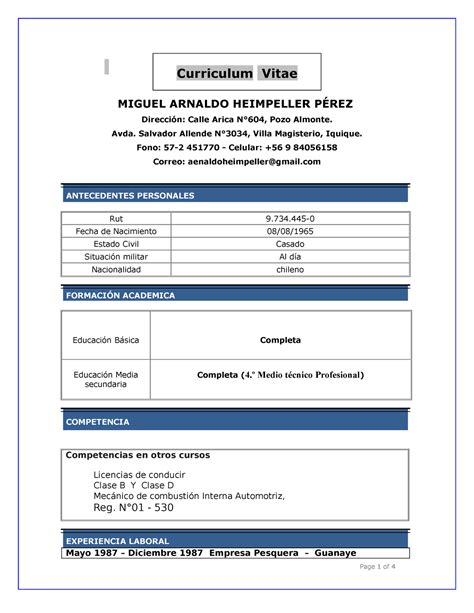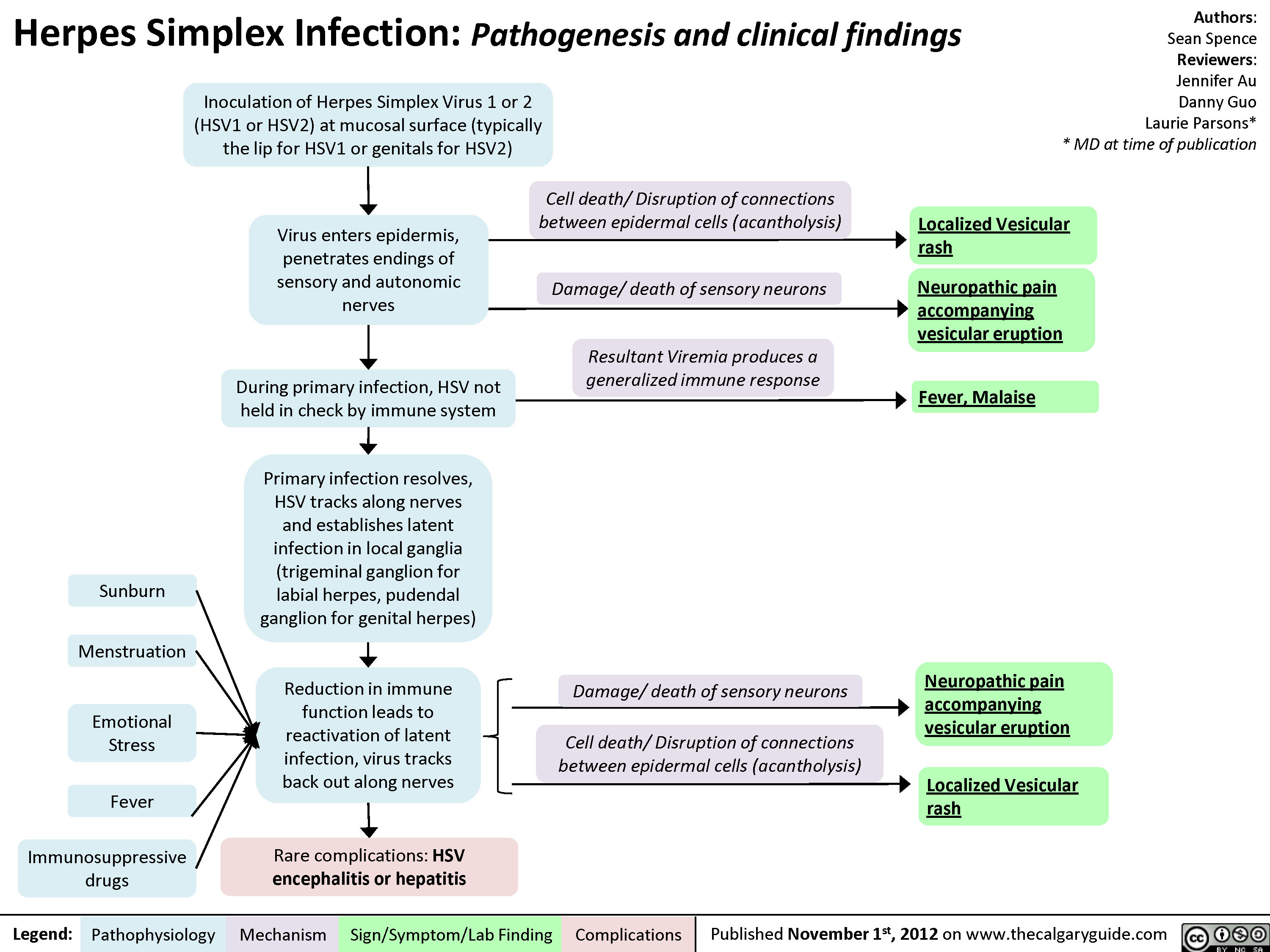What Is A Curriculum Vitae

A Curriculum Vitae, often referred to as a CV, is a comprehensive and detailed document that provides an overview of an individual's educational and professional background. It is a critical tool used by individuals, particularly in academic, research, and highly specialized fields, to present their qualifications, skills, and achievements to potential employers, granting bodies, or other professional connections.
Unlike a resume, which is typically shorter and focused on specific job applications, a Curriculum Vitae is an extensive record of an individual's career trajectory and accomplishments. It is designed to showcase not only work experience but also academic credentials, research projects, publications, awards, and other relevant information that demonstrates the individual's expertise and potential value to the field.
Key Components of a Curriculum Vitae

A well-crafted Curriculum Vitae includes several essential sections, each providing valuable insights into the individual's professional journey.
Personal Information
The CV typically begins with personal details such as the individual’s full name, contact information (including email and phone number), and sometimes a professional profile or objective statement.
Education
This section outlines the individual’s educational background, including degrees earned, institutions attended, and areas of study. It may also include details on any special courses, certifications, or honors received during the academic journey.
| Degree | Institution | Field of Study |
|---|---|---|
| Doctor of Philosophy (PhD) | Harvard University | Neuroscience |
| Master of Science (MSc) | MIT | Artificial Intelligence |
| Bachelor of Arts (BA) | Oxford University | Philosophy, Politics, and Economics |

Work Experience
Here, the individual details their professional history, including job titles, dates of employment, and a summary of responsibilities and achievements in each role. This section provides an in-depth look at the individual’s practical skills and contributions to their field.
Publications and Research
For those in academic or research-focused careers, this section is vital. It lists published works, such as journal articles, books, conference papers, or reports, along with any ongoing research projects. It is a testament to the individual’s impact on their field and their contribution to advancing knowledge.
Awards and Honors
A Curriculum Vitae often includes a section dedicated to awards, scholarships, grants, or other honors received by the individual. These accolades provide additional evidence of the individual’s excellence and recognition within their field.
Skills and Proficiencies
This section highlights the individual’s technical skills, software proficiencies, and any other specialized abilities relevant to their profession. It may also include language skills, leadership qualities, or other transferable skills.
Professional Affiliations and Memberships
Listing professional organizations, societies, or associations the individual is affiliated with provides insight into their commitment to their field and potential networking opportunities.
Additional Information
Some CVs may include additional sections tailored to the individual’s specific circumstances, such as teaching experience, community service, or personal interests if they align with the professional narrative.
Tips for Creating an Effective Curriculum Vitae

Crafting an impactful Curriculum Vitae requires careful consideration and attention to detail. Here are some tips to enhance the effectiveness of your CV:
- Use clear and concise language to describe your experiences and achievements.
- Organize your CV logically, with the most relevant and recent information at the top.
- Tailor your CV to the specific job or opportunity you are applying for, highlighting skills and experiences that align with the requirements.
- Use bullet points and short paragraphs to make your CV easy to scan and digest.
- Quantify your achievements whenever possible. For example, instead of simply stating "Increased sales," provide a specific percentage increase or other quantifiable metric.
- Proofread your CV thoroughly to ensure it is free of grammatical and spelling errors.
- Consider using a professional-looking font and layout to enhance the presentation of your CV.
- Seek feedback from mentors, colleagues, or career counselors to refine your CV and ensure it effectively communicates your value.
Curriculum Vitae vs. Resume
While a Curriculum Vitae and a resume both serve the purpose of presenting an individual's qualifications, they differ significantly in length, purpose, and the type of information they contain.
A Curriculum Vitae is typically longer and more detailed, often running several pages. It is designed to provide a comprehensive overview of an individual's academic and professional journey, making it particularly useful for those in academic, research, or highly specialized fields. A CV is often used when applying for grants, fellowships, or positions in academia, where a deep understanding of the individual's expertise and contributions is essential.
In contrast, a resume is shorter, typically no more than two pages, and is focused on specific job applications. It is designed to highlight the most relevant skills and experiences for a particular job, making it more concise and tailored to the employer's needs. Resumes are commonly used in business and industry settings, where employers are seeking candidates with specific skill sets for defined roles.
Conclusion
A Curriculum Vitae is a powerful tool for professionals in academic, research, and specialized fields to showcase their qualifications, achievements, and potential. By carefully crafting and regularly updating your CV, you can effectively present your unique value and expertise to potential employers, collaborators, and peers. Remember, a well-crafted Curriculum Vitae is an essential step towards advancing your career and achieving your professional goals.
What is the purpose of a Curriculum Vitae?
+A Curriculum Vitae is used to provide a comprehensive overview of an individual’s educational and professional background, particularly in academic, research, and specialized fields. It showcases qualifications, skills, and achievements to potential employers, granting bodies, or other professional connections.
How is a Curriculum Vitae different from a resume?
+A Curriculum Vitae is longer and more detailed, often several pages, and provides a comprehensive overview of an individual’s academic and professional journey. It is used in academic, research, and specialized fields. In contrast, a resume is shorter, typically no more than two pages, and is tailored to specific job applications in business and industry settings.
What should be included in the Education section of a Curriculum Vitae?
+The Education section should list all degrees earned, including the degree title, the institution attended, the field of study, and any special courses or certifications completed. It may also include honors or distinctions received during the academic journey.
How should I organize my Curriculum Vitae?
+Organize your Curriculum Vitae logically, with the most relevant and recent information at the top. Typically, it starts with personal information, followed by education, work experience, publications, awards, skills, and professional affiliations. However, you can tailor the order to highlight your strengths and align with the specific opportunity you’re pursuing.
Should I include personal interests or hobbies in my Curriculum Vitae?
+Including personal interests or hobbies is generally optional. However, if they are relevant to the field or position you’re applying for, or if they demonstrate valuable skills or qualities, it can be beneficial to include them. For example, if you’re applying for a role in a creative field and have a portfolio of personal art projects, including this can add value to your CV.



